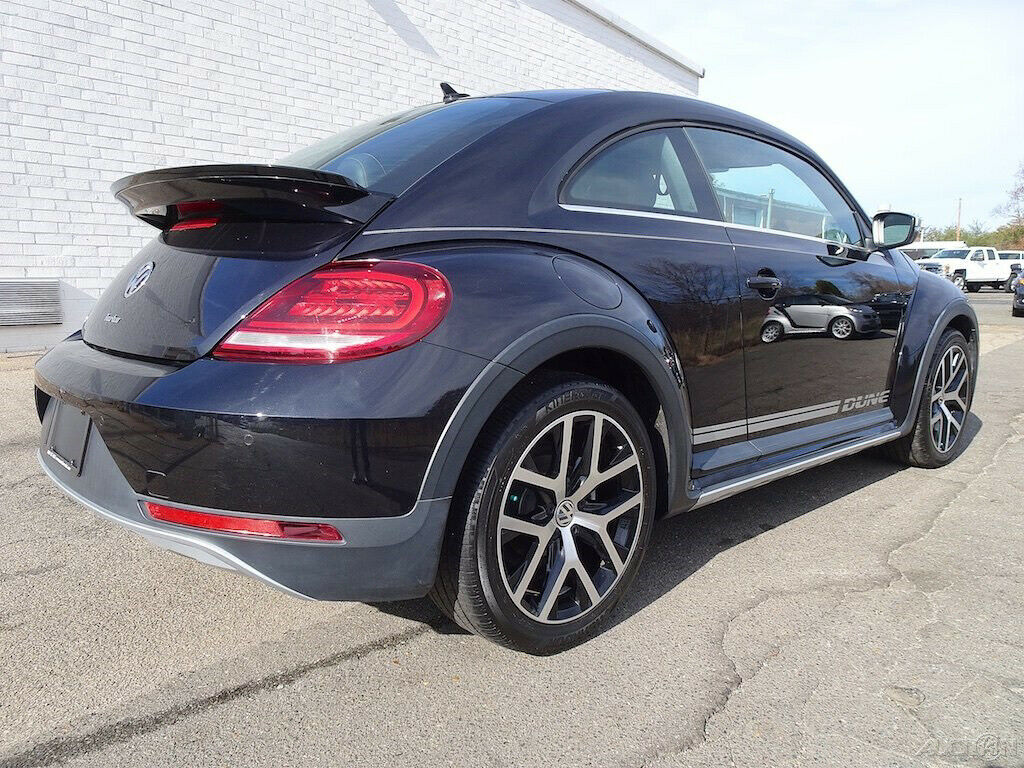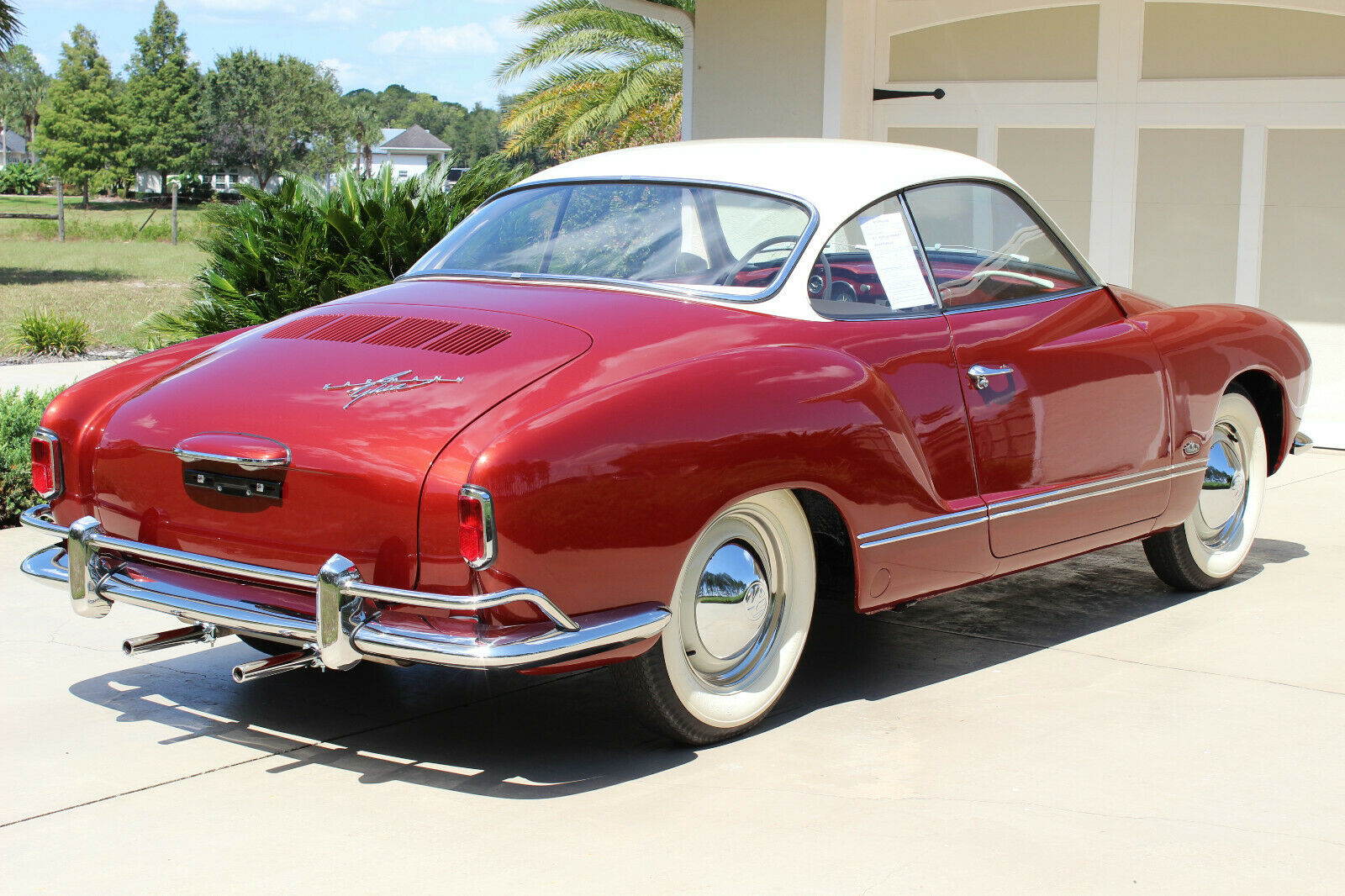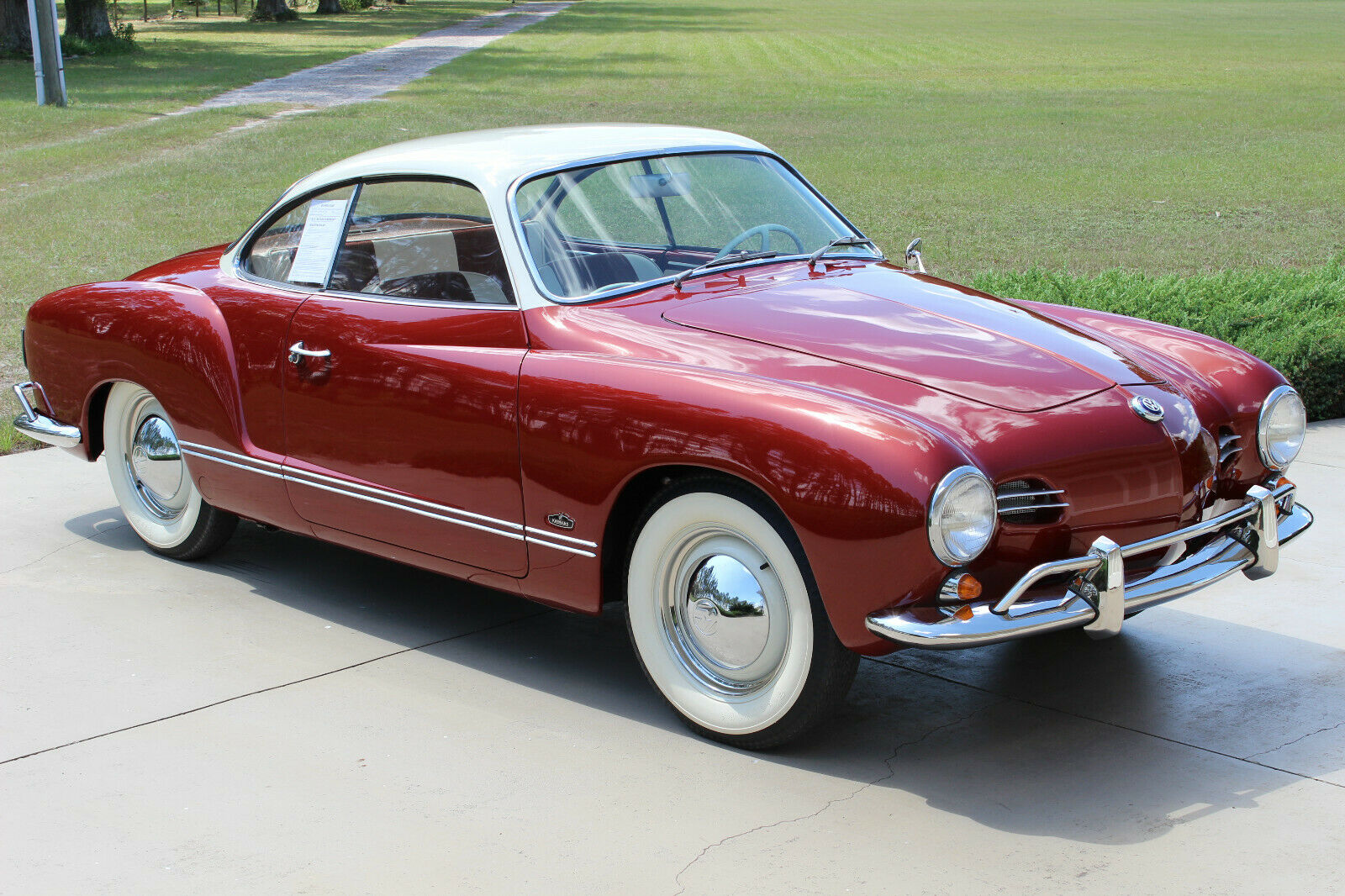The Type 34 Karmann Ghia was a sales failure – it was too expensive – costing about 50% more than a normal Type 14 Ghia. But that didn’t mean it wasn’t a very good looking failure. While the underpinnings were shared with its less exotic 1500 cousins, the upscale Karmann Ghia was aimed squarely at making peasants feel like landed gentry and certainly looked the part. Sweeping character lines ran the length of the car, giving it its signature ‘razor’ nickname. Added to the upscale look in terms of desirability today is rarity. Never imported to the United States, Type 34 production only achieved about 42,500 units – less than 10% of the total number of the more popular and familiar Type 14 Karmann Ghia. Today’s light green example is great to see:
34 search results for "VW Beetles"
I don’t spend a lot of time talking about air-cooled models on these pages, and that’s a huge gap in Volkswagen’s history. It’s also not so long ago that VW continued to crank out brand new Beetles alongside their water-cooled replacements. The proliferation paved the way not only for the water-cooled replacement models I tend to favor, but some pretty awesome air-cooled examples, too.
Of those my favorite certainly must be the Type 34. I dissected Volkswagen’s first attempt to move upscale in an article on The Truth About Cars back in 2008:
https://www.thetruthaboutcars.com/2017/01/volkswagens-other-karmann-ghia-the-type-34/
Basically, like the Phaeton, the Type 34 was a sales failure. It was too expensive – costing about 50% more than a normal Type 14 Ghia. But that didn’t mean it wasn’t a very good looking failure. While the underpinnings were shared with its less exotic 1500 cousins, the upscale Karmann Ghia was aimed squarely at making peasants feel like landed gentry and certainly looked the part. Sweeping character lines ran the length of the car, giving it its signature “razor†nickname. Added to the upscale look in terms of desirability today is rarity. Never imported to the United States, the Type 34 only achieved about 42,500 units – less than 10% of the total number of the more popular and familiar Type 14 Karmann Ghia. But we’re lucky to find one today in Mississippi, of all places:
CLICK FOR DETAILS: 1966 Volkswagen Karmann Ghia Type 34 on eBay
Comments closedRather unceremoniously, 2020 marks the death of an automotive icon. The very last Volkswagen Beetle rolled from the third generation production line in Puebla, Mexico in July and while you can log in to VW’s website and still see the model listed, existing stock is all that’s left. The two most recent Beetles never really achieved the notoriety of the original, but nonetheless they offered a welcome break from the standard three-box design and were decidedly anti-SUV. You don’t have to like them, but you can respect that they were different.
In the case of the third-generation Beetle, I think they were actually pretty good looking, too. Spacious, economical, and good-to-drive thanks to a shared Golf MQB platform, several special models graced dealerships in an attempt to sway buyers. Here’s one – the ‘Dune’. More a fashion statement than an actual Baja Bug, the Dune added .2″ of ground clearance and a half an inch of plastic moldings all around. Faux skid plates, special decals, a huge spoiler and polished door sills rounded out the exterior trim additions. Power came from the familiar 1.8T shared with the Passat, Golf and Jetta models (among others worldwide), and gave you 170 horsepower channeled only through a 6-speed automatic:
CLICK FOR DETAILS: 2017 Volkswagen Beetle Dune on eBay
1 CommentAs much as all of us would love to be Jerry Seinfeld, causally trading the most historic air-cooled Porsches on a whim, the reality is that we’re not. But, as ever, I offer a potential solution. The Karmann Ghia gave you Porsche looks on a Beetle budget. Shortly after the Beetle’s arrival in America, VW’s new sport coupe arrived for the 1956 model year. Like the later Scirocco also built by Karmann in Osnabrück, Volkswagen based its model on the normal production line Beetle but the swoopy body came from the Italians – technically, borrowed from a Chrysler, actually. Those lines were notoriously complicated; outside of items that open, the body is one piece and constructed entirely by hand. The rear-engine, rear-drive 1.2 liter flat-4 air-cooled clatter wouldn’t get you anywhere as fast as the looks suggest, but then why are you in such a hurry?
About 400,000 were produced in total and they’re not impossible to find today. They’re also more affordable than really top-tier Beetles and early VW Vans, but more significantly you really do get exotic looks on a shoestring budget still. While getting into a fully sorted ’58 356A will set you back around $130,000 – $150,000, you can get into a beautiful early example of the Ghia fully restored for only a fraction of that price:
CLICK FOR DETAILS: 1958 Volkswagen Karmann Ghia on eBay
2 CommentsCan't find what you're looking for? Try refining your search:









